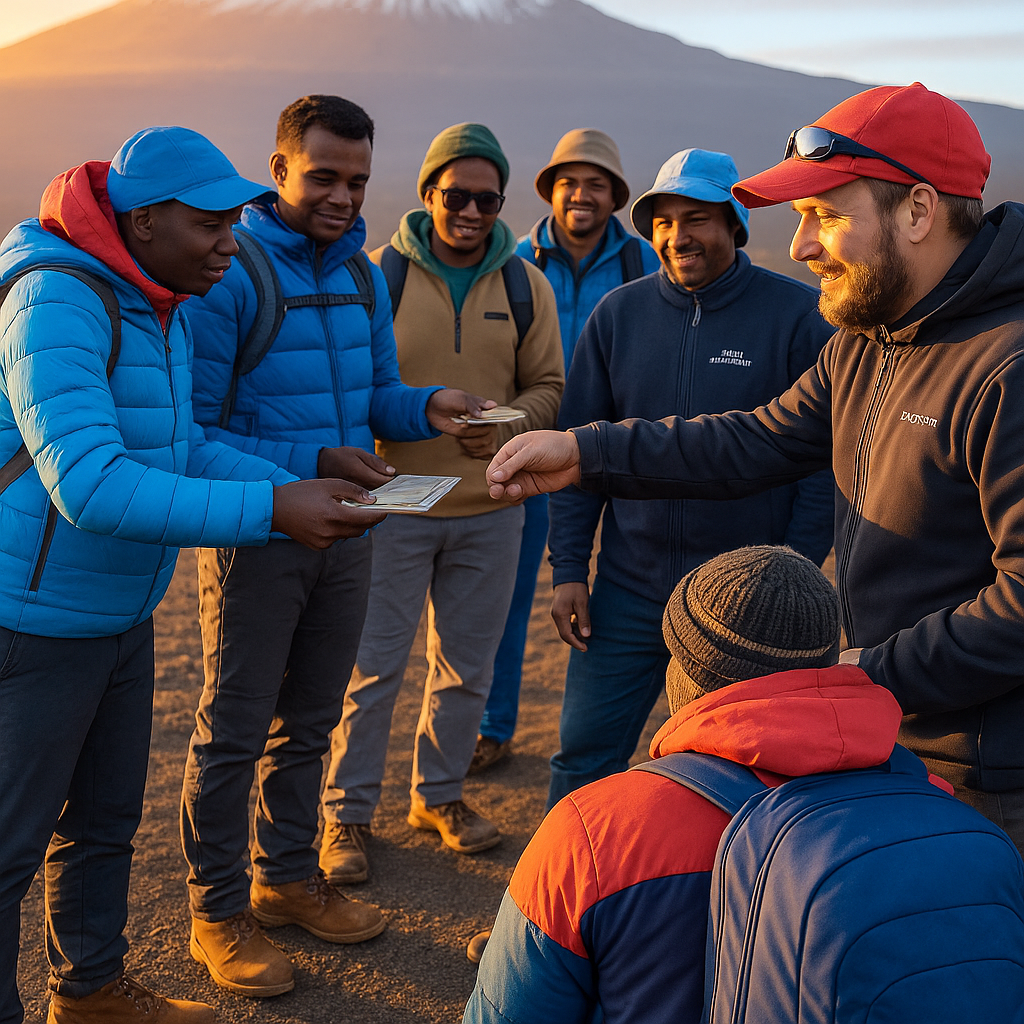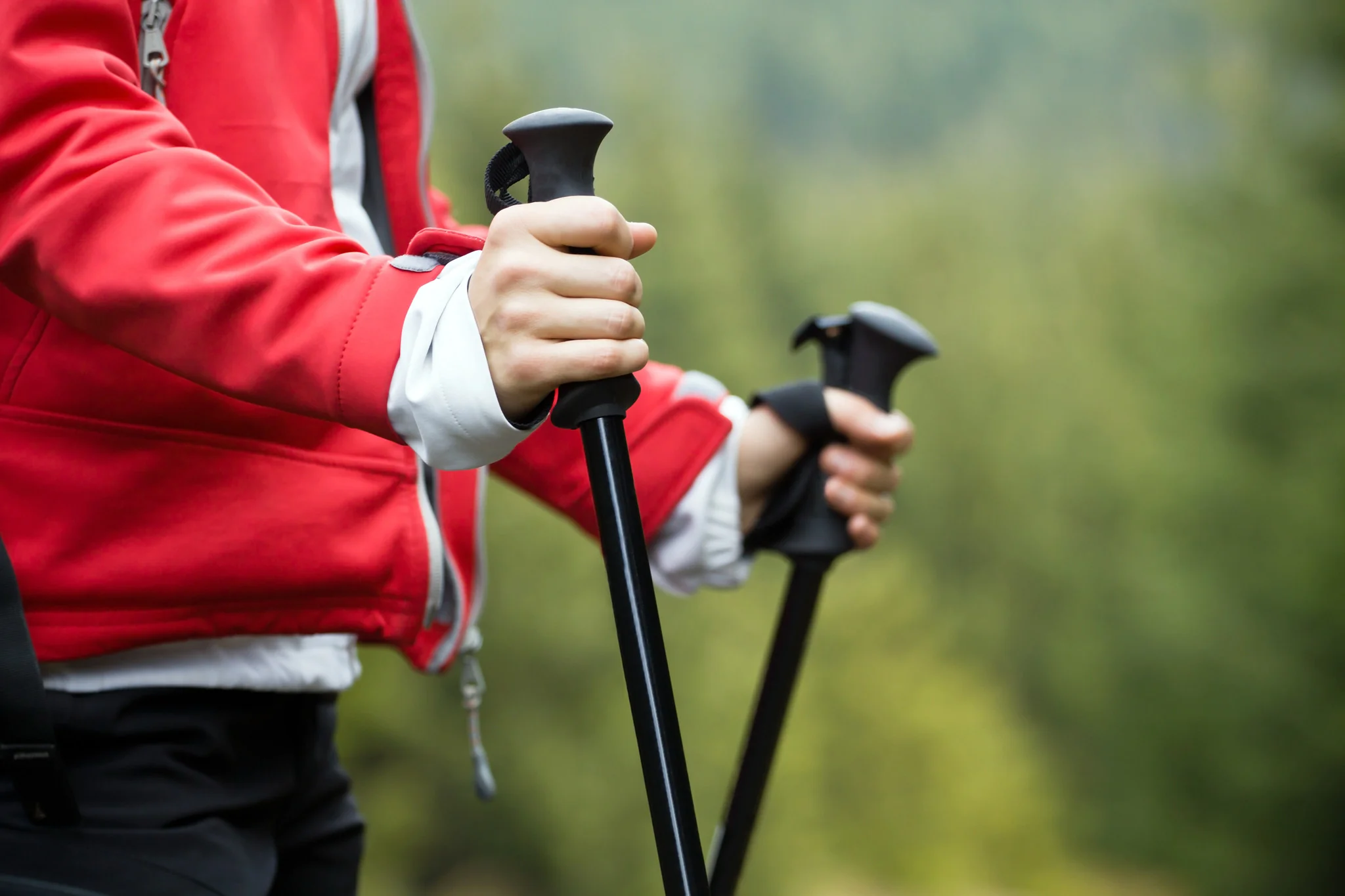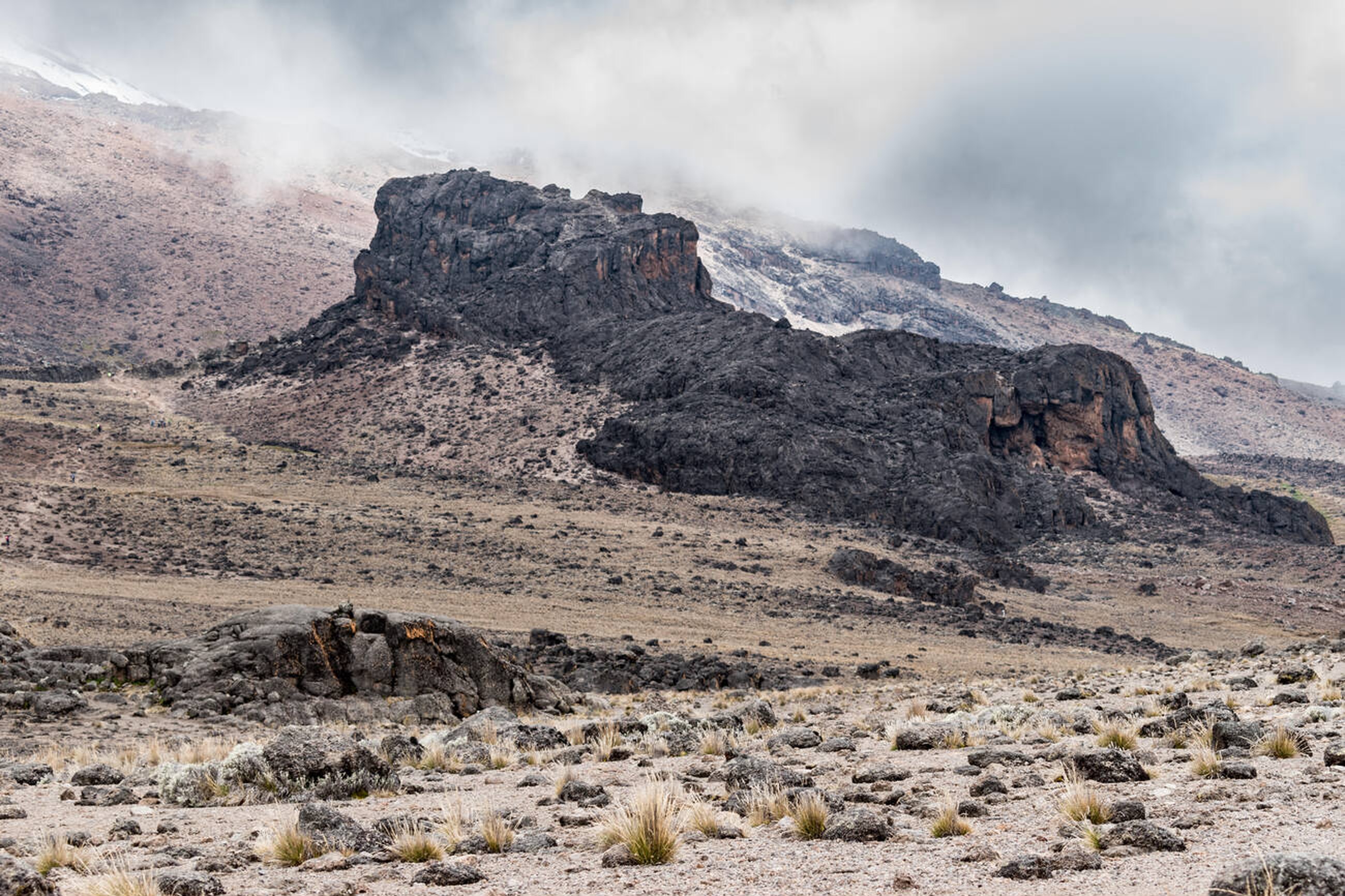Why the 8-Day Lemosho Route Stands Out
The 8-day Lemosho Route is widely regarded as the premier choice for climbing Mount Kilimanjaro (5,895m/19,341ft), offering a balance of scenic beauty, high summit success, and safety. With a 95% success rate when using Kosovo Camp as the high camp, this route maximizes your chances of reaching Uhuru Peak. Kilisherpas Travel, with 20,000+ safe ascents since 2021, highlights the top 5 reasons to choose this route for your 2025 adventure.
Kilimanjaro Success Rates
- Overall: ~60% of climbers reach Uhuru Peak.
- By Route Duration:
- 5-day routes: 30% success rate.
- 6-day routes: 45% success rate.
- 7-day routes: 65% success rate.
- 8-day routes: 85% success rate.
- 8-day Lemosho with Kosovo Camp: 95% success rate (Kilisherpas data).
- Key Insight: Proper training and route choice are critical. Kilimanjaro is the easiest of the Seven Summits, but it demands preparation (see Climbing Difficulty).
Top 5 Reasons to Choose the 8-Day Lemosho Route
1. Optimal Acclimatization
- Why It Matters: Acclimatization is the key to avoiding Acute Mountain Sickness (AMS), which affects over 50% of climbers. The 8-day itinerary includes gradual altitude gains and a “climb high, sleep low” day (e.g., Lava Tower at 4,600m, sleeping at Barranco Camp at 3,900m).
- Details:
- Day 2: Big Tree Camp (2,800m/9,186ft) to Shira Camp 1 (3,500m/11,500ft).
- Day 3: Shira Camp 1 to Shira Camp 2 (3,900m/12,795ft).
- Day 4: Shira Camp 2 to Lava Tower (4,600m) and descend to Barranco (3,900m).
- Kosovo Camp (4,900m/16,000ft) shortens summit night by ~1 hour compared to Barafu Camp (4,673m).
- Impact: Reduces AMS risk and boosts summit success to 95% (see Acclimatization Strategies).
- Kilisherpas Tip: The extra day at lower altitudes (compared to 7-day Lemosho) prevents early altitude jumps.
2. Scenic Diversity
- Why It Matters: The Lemosho Route traverses all five of Kilimanjaro’s climate zones, from lush rainforest to arctic summit (see Climate Zones).
- Highlights:
- Days 1–2: Rainforest with colobus monkeys and orchids.
- Days 3–4: Moorland with giant senecios and views of the Shira Plateau.
- Days 5–6: Alpine desert with rugged rock formations.
- Day 7: Glaciers and Kibo’s crater rim near Uhuru Peak.
- Experience: Stunning vistas of western Kilimanjaro, including glaciers and valleys, enrich the journey.
- Kilisherpas Tip: Bring a camera for iconic shots at Lava Tower and Stella Point.
3. Less Crowded Trails
- Why It Matters: Lemosho sees fewer climbers than Machame or Marangu, offering solitude and tranquility.
- Details:
- Early sections (Lemosho Gate to Shira Plateau) are quieter than southern routes.
- Kosovo Camp, higher than Barafu, avoids crowded, noisy conditions.
- Experience: Peaceful campsites and trails enhance immersion in Kilimanjaro’s beauty.
- Kilisherpas Tip: Enjoy reflective moments at less congested camps like Barranco.
4. Higher Success Rate with Kosovo Camp
- Why It Matters: Kosovo Camp (4,900m) is 227m higher than Barafu, reducing summit night’s ascent to ~995m (vs. 1,222m from Barafu). This shortens the 12–14-hour summit day by ~1 hour.
- Details:
- Summit night starts at 1 a.m., reaching Stella Point (5,756m) at dawn, then Uhuru Peak (5,895m) in ~45–60 minutes.
- Descent to Mweka Camp (3,100m) is less taxing with better acclimatization.
- Cost: $120 extra for Kosovo Camp, covering water transport and staff.
- Kilisherpas Tip: The investment in Kosovo Camp boosts comfort and summit odds.
5. Unique Wildlife Encounters
- Why It Matters: Lemosho’s western approach offers sightings of Kilimanjaro’s wildlife, adding adventure.
- Highlights:
- Rainforest: Colobus and blue monkeys, turacos, and hornbills.
- Shira Plateau: Occasional eland, small antelope, and raptors.
- En Route: Giraffes near Lemosho Gate during transfers.
- Experience: The echo of colobus monkeys at dawn creates unforgettable memories.
- Kilisherpas Tip: Keep binoculars handy for birdwatching in lower zones.
Why Summit Early from Kosovo Camp?
- Clear Skies: Starting at 1 a.m. ensures crystal-clear views at Uhuru Peak before clouds form post-sunrise.
- Better Lighting: Sunrise at Stella Point or Uhuru Peak offers stunning photo opportunities.
- Safety: More daylight for descent, reducing risks if issues arise.
- Hydration: Cooler temperatures mean less water needed (3–4L sufficient).
- Mental Ease: Night climbing focuses attention on footing and breathing, easing the psychological burden.
Training for the 8-Day Lemosho Route
- Why It Matters: Proper training ensures you handle Lemosho’s daily 4–8-hour treks and summit night’s 13–14-hour effort, including steep downhills.
- Key Focus:
- Cardio: Running, cycling, or stair climbing (3–4 months).
- Strength: Squats, lunges, and step-ups with a 5–10kg pack.
- Downhill Prep: Train on descents to strengthen quads and knees.
- Altitude: Hike at elevation or simulate with breath-holding (see Training Guide).
- Kilisherpas Tip: Practice with your weighted pack and boots to avoid blisters (Packing List).
Why Choose Kilisherpas Travel for Lemosho?
- Expertise: Led by WFR-certified guides, voted among Kilimanjaro’s best.
- Safety: Twice-daily health checks, oxygen, and helicopter evacuation partnerships.
- Comfort: Quality tents, hygienic meals, and Kosovo Camp for a better summit experience.
- Ethics: KPAP-compliant, supporting porters and local communities.
Why Lemosho Is the Most Beautiful Route
Compared to Machame (scenic but busier) or Umbwe (steeper, more challenging), Lemosho offers unmatched vistas, gradual ascents, and wildlife. Its western approach showcases Kilimanjaro’s glaciers and quieter trails, making it ideal for a transformative adventure.
Ready to Climb the 8-Day Lemosho Route?
The 8-day Lemosho Route with Kosovo Camp offers the best acclimatization, scenery, and summit success for Kilimanjaro. Kilisherpas Travel ensures a safe, memorable climb. Book your 2025 adventure or explore our hiking tours.


